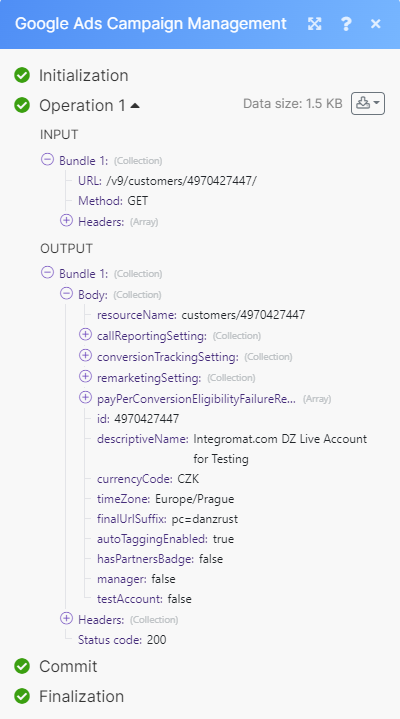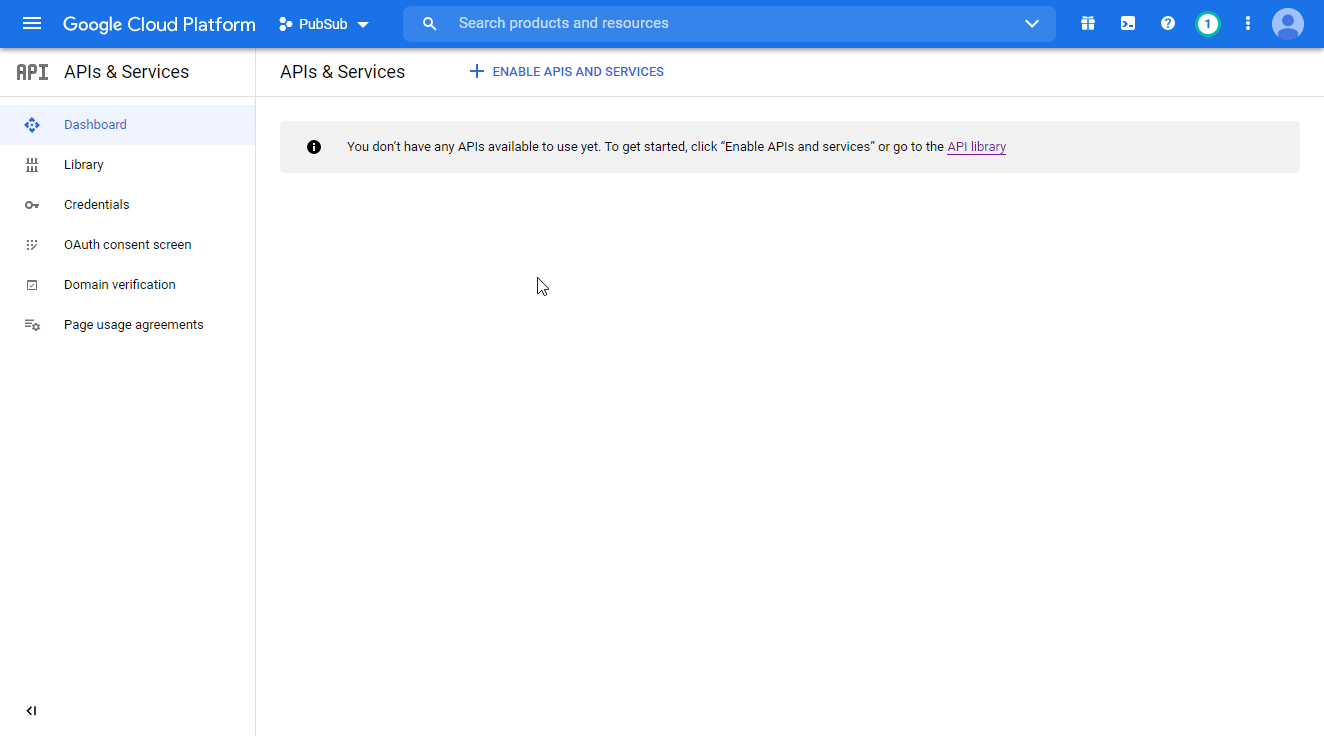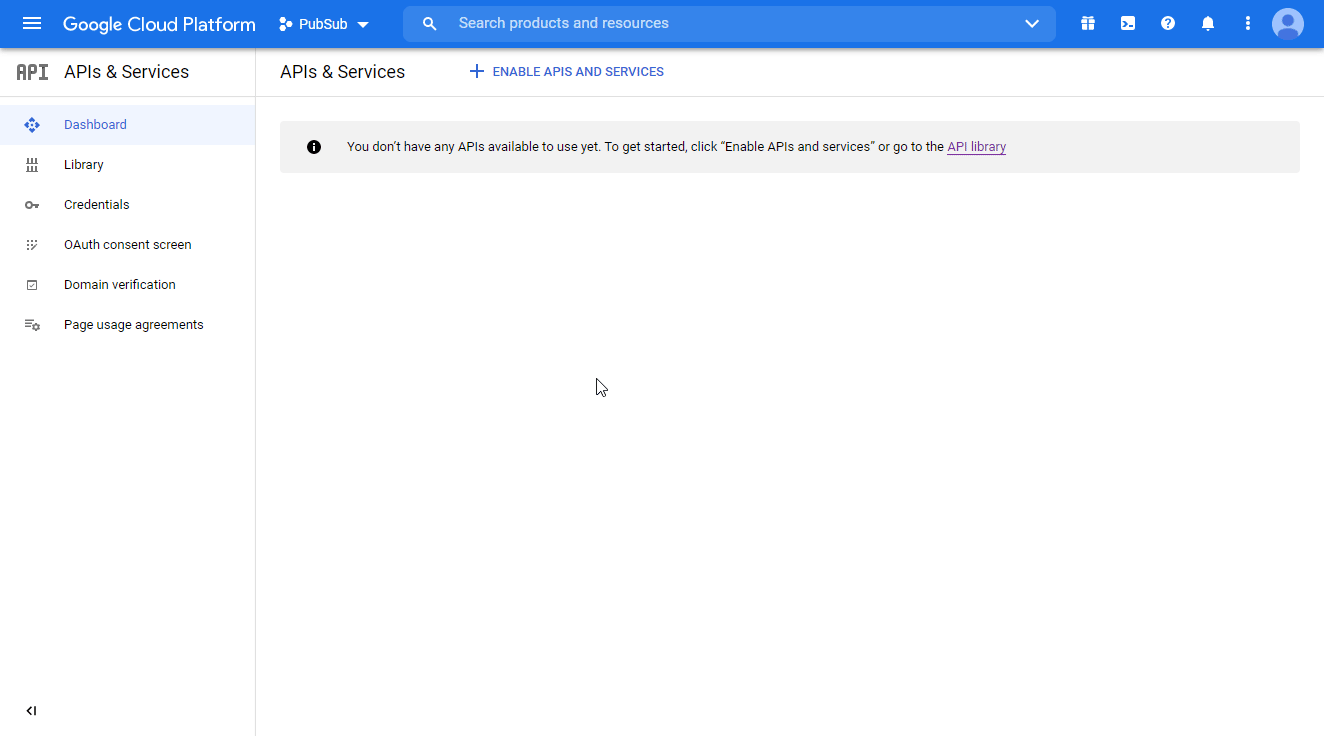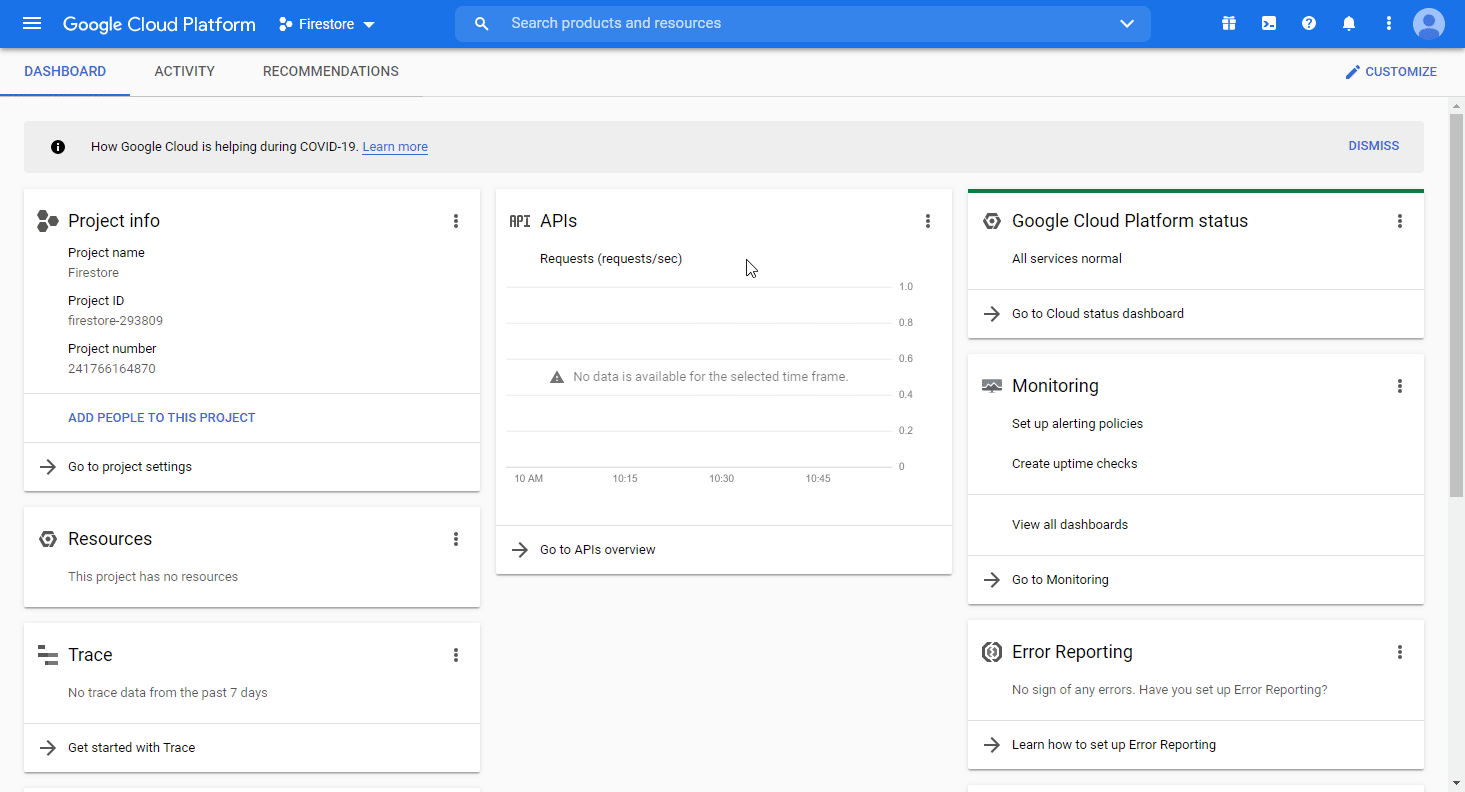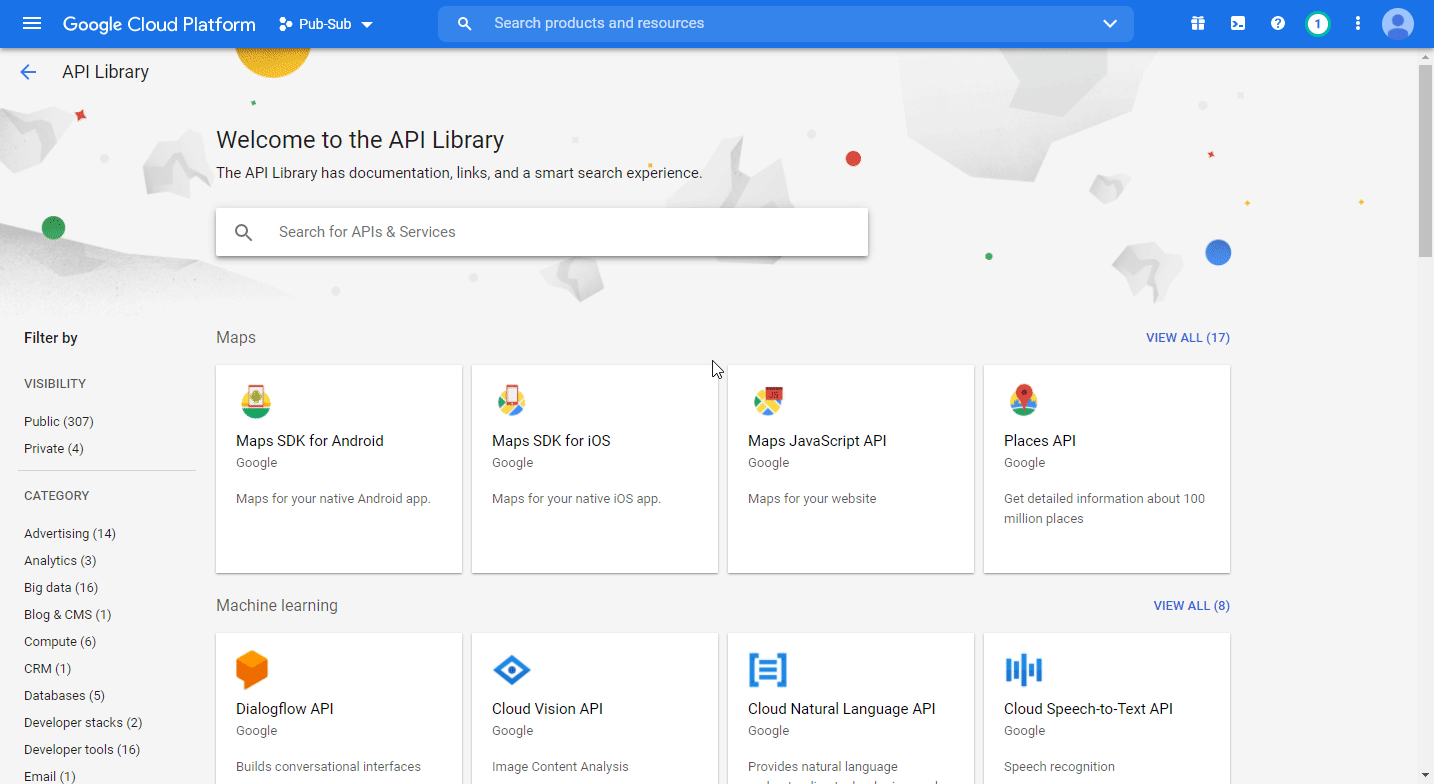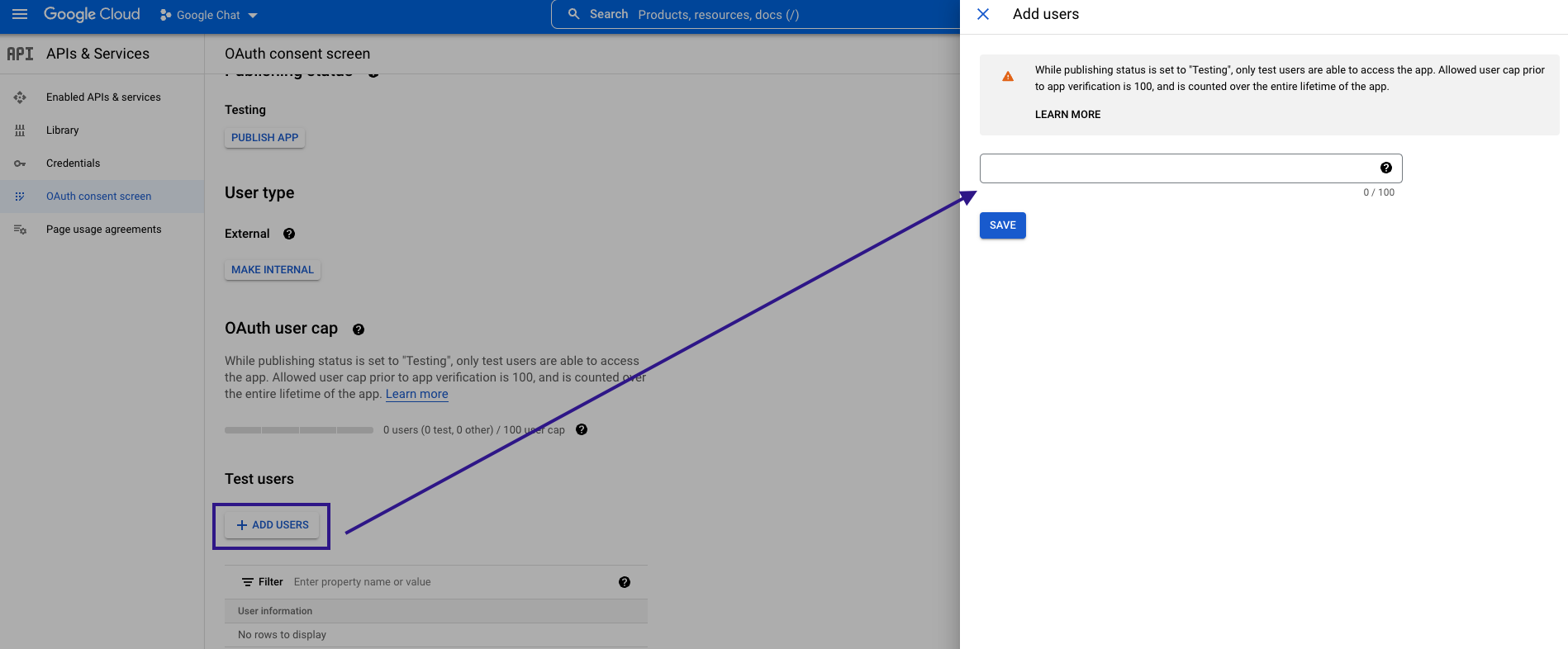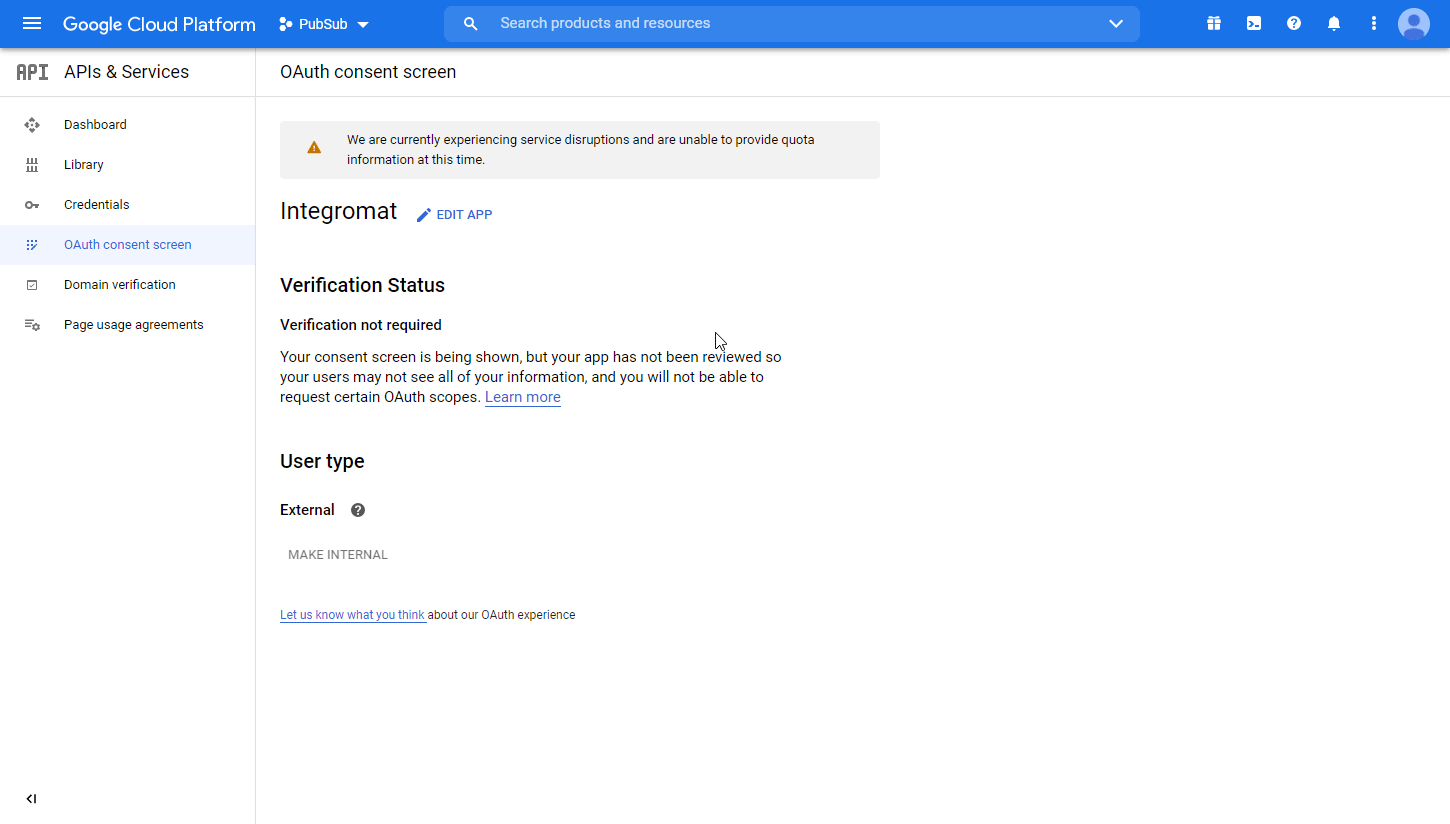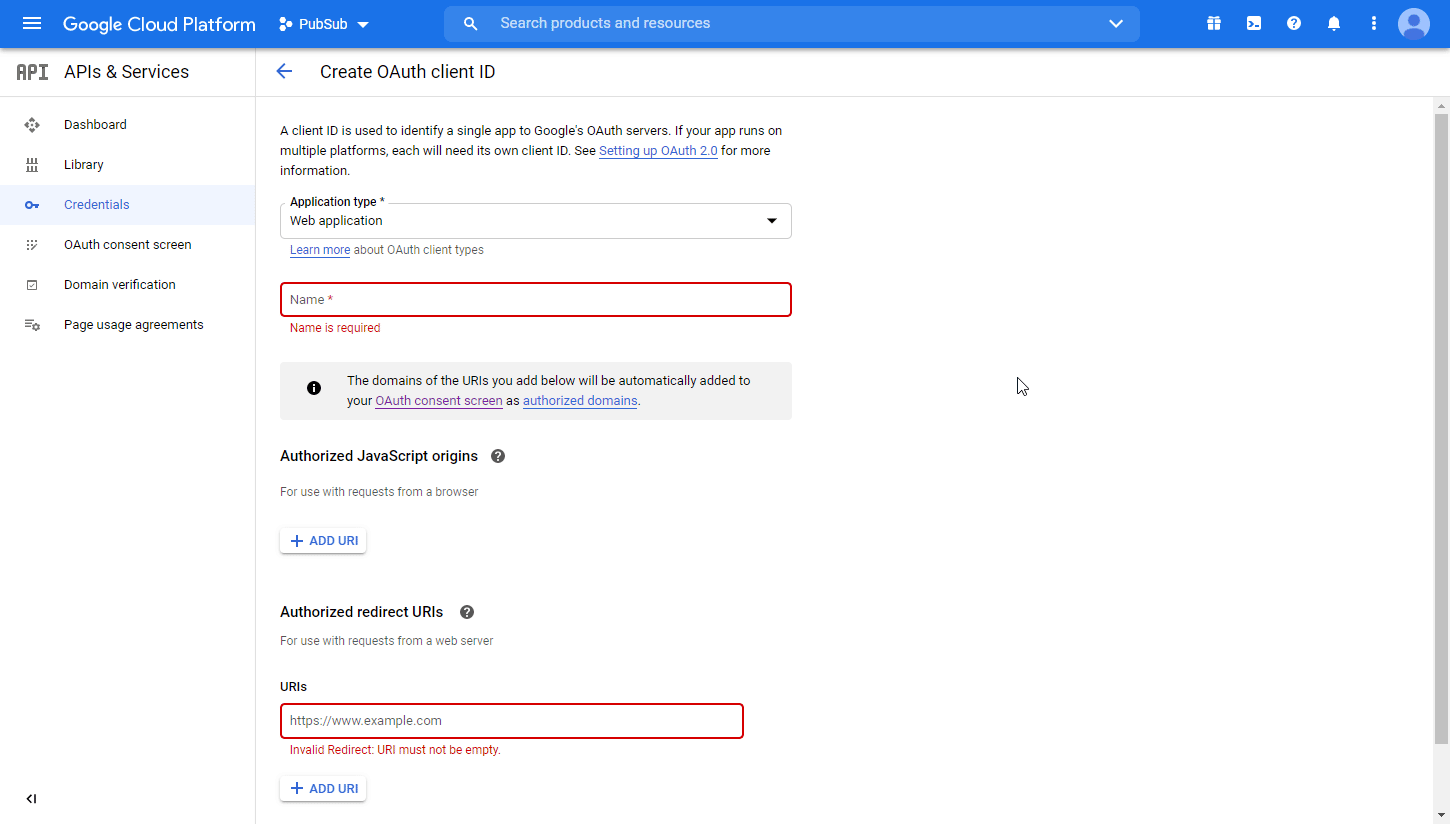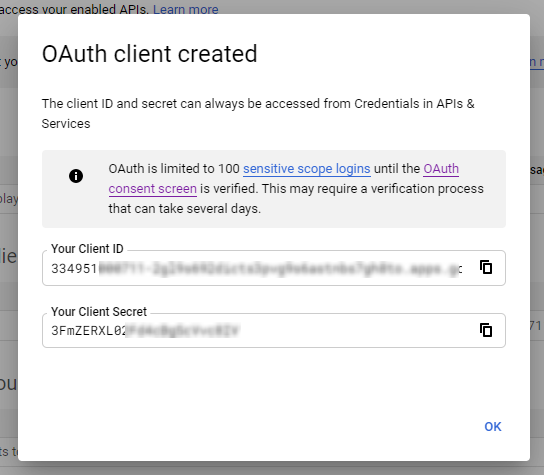| Active with remarks |
|---|
| This application needs additional settings. Please follow the documentation below to create your own connectionUnique, active service acces point to a network. There are different types of connections (API key, Oauth…). More. |
With Google Ads Campaign Management modulesThe module is an application or tool within the Boost.space system. The entire system is built on this concept of modularity. (module - Contacts) More in Boost.spaceCentralization and synchronization platform, where you can organize and manage your data. More IntegratorPart of the Boost.space system, where you can create your connections and automate your processes. More, you can watch for, search, retrieve, and/or update campaigns, groups, keywords, and objects, add placements to placement exclusion lists, add negative keywords to negative keyword lists, and retrieve accounts.
In order to use Google Ads Campaign Management with Boost.space Integrator, you must have a Google account. If you do not have one, you can create a Google account at accounts.google.com.
![[Note]](https://docs.boost.space/wp-content/themes/bsdocs/docs-parser/HTML/css/image/note.png) |
Note |
|---|---|
|
Boost.space Integrator‘s use and transfer of information received from Google APIs to any other app will adhere to Google API Services User Data Policy. |
![[Important]](https://docs.boost.space/wp-content/themes/bsdocs/docs-parser/HTML/css/image/important.png) |
Important |
|---|---|
|
Some adblocking browser plugins could block the Google Ads Campaign Management modules. Boost.space Integrator recommends disabling the plugins if you encounter a problem loading a moduleThe module is an application or tool within the Boost.space system. The entire system is built on this concept of modularity. (module - Contacts) More. |
To obtain the client credentials, you must have access to Google Cloud Console and be able to create or edit the project.
-
Sign in to Google Cloud console using your Google credentials.
-
In the upper-left corner, click Select a project > NEW PROJECT. Enter the desired project name, and click the CREATE button.
-
Select the project you have created.
-
Go to APIs & Services > Library.
-
Search and enable the following required APIs:
The desired service option should display as you type. Select the API/service you want to connect to Boost.space Integrator.
-
Click the ENABLE button to enable the selected API.
-
In the left sidebar, click APIs & Services > OAuth consent screen.
-
Choose the External option, and click the CREATE button.
![[Note]](https://docs.boost.space/wp-content/themes/bsdocs/docs-parser/HTML/css/image/note.png)
Note You will not be charged when selecting this option! For more details, please refer to Google’s Exceptions to verification requirements.
-
Fill in the required fields as follows, and then click Save and Continue:
-
On theScopespage, click Add or Remove Scopes. Under Manually Add Scopes, add the following scopes if they are not listed above.
-
https://mail.google.com
-
https://www.googleapis.com/auth/drive
-
-
Click Add to Table then click Update.
-
Click the X in the upper-left corner to close the Scopes box.
-
Click Save and Continue.
-
In the Test UsersCan use the system on a limited basis based on the rights assigned by the admin. More section, click ADD USERS and enter the testing user email address to access the app.
-
Review the Summary page. Click Back to Dashboard.
-
In the left sidebar, click Credentials. Click the +CREATE CREDENTIALS and select the OAuth Client ID option.
-
Fill in the required fields as follows, and then click the Create button to create the application:
Application type
web applicationName
Name of the application. For example,
Boost.space Integrator.Authorized redirect URIs
https://integrator.boost.space/oauth/cb/google-restrictedhttps://www.celonis.cloud/oauth/cb/google-restricted -
A dialog containing the app’s Client ID and Client Secret is displayed. Save them in a safe place for later use.
You have successfully created the client credentials.
![[Note]](https://docs.boost.space/wp-content/themes/bsdocs/docs-parser/HTML/css/image/note.png) |
Publishing statusesCreate statuses for each module separately to create an ideal environment for efficient and consistent work. More |
|---|---|
|
Testing: If you keep your project in the Testing statusCreate statuses for each module separately to create an ideal environment for efficient and consistent work. More, you will be required to reauthorize your connection in Boost.space Integrator every week. To avoid weekly reauthorization, update the project status to In production. In production: If you update your project to the In production status, you will not be required to reauthorize the connection weekly. To update your project’s status, go to the OAuth consent screen and click Publish app. If you see the notice Needs verification, you can choose whether to go through the Google verification process for the app or to connect to your unverified app. Currently connecting to unverified apps works in Boost.space Integrator, but we cannot guarantee the Google will allow connections to unverified apps for an indefinite period. For more information regarding publishing statuses, refer to the Publishing status section of Google’s Setting up your OAuth consent screen help. |
To connect your Google Ads Campaign Management account to Boost.space Integrator you must obtain your Account or Customer ID.
-
Log in to your Google Ads account.
-
Copy the Customer ID number near your profile image at the top-right corner of the page. For example,
123-456-7890. -
Log in to your Boost.space Integrator account, add a Google Ads Campaign Management module to your scenarioA specific connection between applications in which data can be transferred. Two types of scenarios: active/inactive. More, and click Create a connection.
-
Optional: In the Connection name field, enter a name for the connection.
-
Enter the Customer ID copied in step 2.
-
Optional: Click Show advanced settings and enter the client credentials of your custom appCreate your own custom apps to be used in the integrator engine and share them with users in your organization..
-
Click the Sign in with Google button and select your Google account.
-
Review the access information and click Allow.
You have successfully established the connection. You can now edit your scenario and add more Google Ads Campaign Management modules. If your connection needs reauthorization at any point, follow the connection renewal steps here.
TriggersEvery scenario has a trigger, an event that starts your scenario. A scenario must have a trigger. There can only be one trigger for each scenario. When you create a new scenario, the first module you choose is your trigger for that scenario. Create a trigger by clicking on the empty module of a newly created scenario or moving the... when a campaign is created.
|
Connection |
Establish a connection to your Google Ads Campaign Management account. |
|
Account/Customer ID |
Select the account or customer ID associated with the campaigns. |
|
Limit |
Set the maximum number of campaigns Boost.space Integrator returns during one scenario execution cycleA cycle is the operation and commit/rollback phases of scenario execution. A scenario may have one or more cycles (one is the default).. |
Searches for campaigns.
|
Connection |
Establish a connection to your Google Ads Campaign Management account. |
|
Account/Customer ID |
Select the account or customer ID associated with the campaigns. |
|
Select a Method |
Search by Filter
Search by Google Ads Query Language You can search for campaigns using Google Ads Query Language. For example: |
|
Limit |
Set the maximum number of campaigns Boost.space Integrator returns during one scenario execution cycle. |
Gets a specified campaign.
|
Connection |
Establish a connection to your Google Ads Campaign Management account. |
|
Account/Customer ID |
Select the account or customer ID associated with the campaign. |
|
Campaign ID |
Select the campaign ID of the campaign you want to get. |
Updates an existing campaign.
|
Connection |
Establish a connection to your Google Ads Campaign Management account. |
|
Select a Method |
Select a method and enter the details in the fields that auto-populate based on your selection. |
|
Account/Customer ID |
Select the account or customer ID associated with the campaign. |
|
Campaign ID |
Select the campaign ID of the campaign you want to update. |
Triggers when an ad group is created.
|
Connection |
Establish a connection to your Google Ads Campaign Management account. |
|
Account/Customer ID |
Select the account or customer ID associated with your ad groups. |
|
Limit |
Set the maximum number of ad groups Boost.space Integrator returns during one scenario execution cycle. |
Searches for ad groups.
|
Connection |
Establish a connection to your Google Ads Campaign Management account. |
|
Account/Customer ID |
Select the account or customer ID associated with your ad groups. |
|
Select a Method |
Search by Filter Select the filter from the drop-down menu. Search by Google Ads Query Language You can search for ad groups using Google Ads Query Language. For example: |
|
Limit |
Set the maximum number of ad groups Boost.space Integrator returns during one scenario execution cycle. |
Updates an existing ad group status.
|
Connection |
Establish a connection to your Google Ads Campaign Management account. |
|
Account/Customer ID |
Select the account or customer ID associated with your ad group. |
|
Ad Group ID |
Enter the ID of your ad group. |
|
Status |
Select the status you want to update your ad group to. Enabled Paused Removed |
Triggers when a keyword is added.
|
Connection |
Establish a connection to your Google Ads Campaign Management account. |
|
Account/Customer ID |
Select the account or customer ID associated with your keywords. |
|
Limit |
Set the maximum number of keywords Boost.space Integrator returns during one scenario execution cycle. |
Searches for keywords.
|
Connection |
Establish a connection to your Google Ads Campaign Management account. |
|
Account/Customer ID |
Select the account or customer ID associated with your keywords. |
|
Select a Method |
Search by Filter Select the filter from the drop-down menu. Search by Google Ads Query Language You can search for keywords using Google Ads Query Language. For example: |
|
Limit |
Set the maximum number of keywords Boost.space Integrator returns during one scenario execution cycle. |
Updates an existing keyword status.
|
Connection |
Establish a connection to your Google Ads Campaign Management account. |
|
Account/Customer ID |
Select the account or customer ID associated with your keyword. |
|
Ad Group ID |
Enter the ID of your keyword. |
|
Status |
Select the status you want to update your keyword to. Enabled Paused Removed |
Adds a negative keyword to a specified negative keyword list.
|
Connection |
Establish a connection to your Google Ads Campaign Management account. |
|
Account/Customer ID |
Select the account or customer ID associated with the negative keyword. |
|
Negative Keyword List ID |
Select the ID of your negative keyword list you want to add the negative keyword to. |
|
Text |
Enter the text of the keyword (at most 80 characters and 10 words). |
|
Match Type |
Select the keyword match type. Broad Phrase Exact |
Adds a placement to a placement exclusion list.
|
Connection |
Establish a connection to your Google Ads Campaign Management account. |
|
Account/Customer ID |
Select the account or customer ID associated with the placement. |
|
Negative Placement List ID |
Select the ID of your negative placement list you want to add the placement to. |
|
Negative Placement URL |
Enter the URL of the negative placement. For example, |
Searches for objects by Google Ads query language.
|
Connection |
Establish a connection to your Google Ads Campaign Management account. |
|
Account/Customer ID |
Select the account or customer ID associated with your object. |
|
Type |
Select your desired search method and enter the details in the fields that populate based on your selection. |
|
Limit |
Set the maximum number of objects Boost.space Integrator returns during one scenario execution cycle. |
Creates an new object.
|
Connection |
Establish a connection to your Google Ads Campaign Management account. |
|
Account/Customer ID |
Select the account associated with the object you want to create. |
|
Resource |
Enter the resource ID or select one from the list. Enter the details in the fields that populate based on your selection. |
Updates an existing object.
|
Connection |
Establish a connection to your Google Ads Campaign Management account. |
|
Account/Customer ID |
Select the account associated with the object you want to update. |
|
Resource |
Enter the resource ID or select one from the list. Enter the details in the fields that populate based on your selection. |
|
Object ID |
Enter the ID of the object you want to update. |
Deletes an object.
|
Connection |
Establish a connection to your Google Ads Campaign Management account. |
|
Account/Customer ID |
Select the account associated with the object you want to delete. |
|
Resource |
Select the resource ID from the list. |
|
Object ID |
Enter the ID of the object you want to delete. |
Retrieves a list of accounts.
|
Connection |
Establish a connection to your Google Ads Campaign Management account. |
|
Query |
Use the Google Ads Query Language to get a list of the accounts you want. |
|
Resource |
Set the maximum number of accounts Boost.space Integrator returns during one scenario execution cycle. |
Gets a specified account.
|
Connection |
Establish a connection to your Google Ads Campaign Management account. |
|
Account/Customer ID |
Select or map the account ID whose details you want to retrieve. |
Performs an arbitrary authorized API call.
|
Connection |
Establish a connection to your Google Ads Campaign Management account. |
|||
|
URL |
Enter a path relative to
|
|||
|
Method |
Select the HTTP method you want to use:
|
|||
|
Headers |
Enter the desired request headers. You don’t have to add authorization headers; Boost.space Integrator already does that for you. |
|||
|
Query String |
Enter the request query string. |
|||
|
Body |
Enter the body content for your API call. |
The following API call returns all the customers from your Google Ads account:
URL: /v9/customers/MY_CUSTOMER_ID/
Method: GET
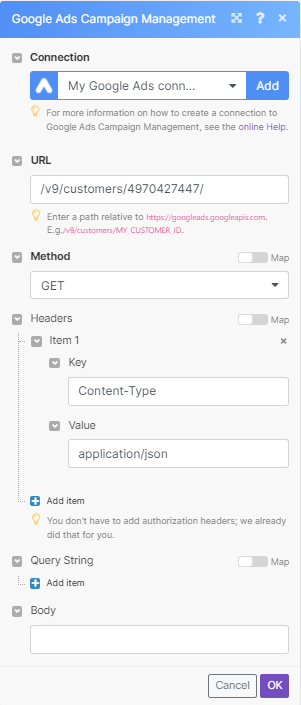
Matches of the search can be found in the module’s Output under BundleA bundle is a chunk of data and the basic unit for use with modules. A bundle consists of items, similar to how a bag may contain separate, individual items. More > Body. In our example, 1 customer was returned:
